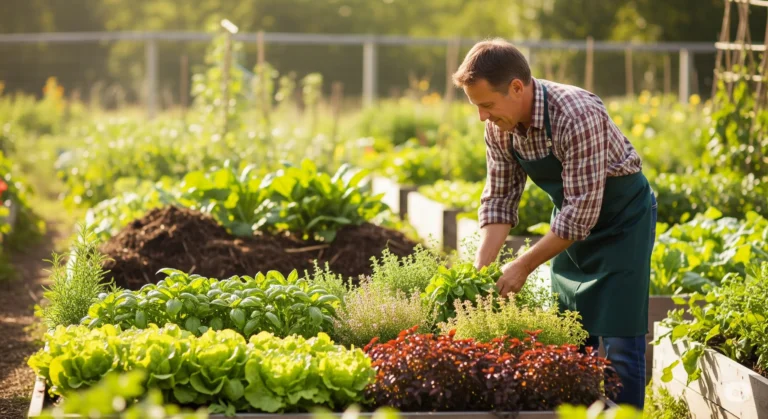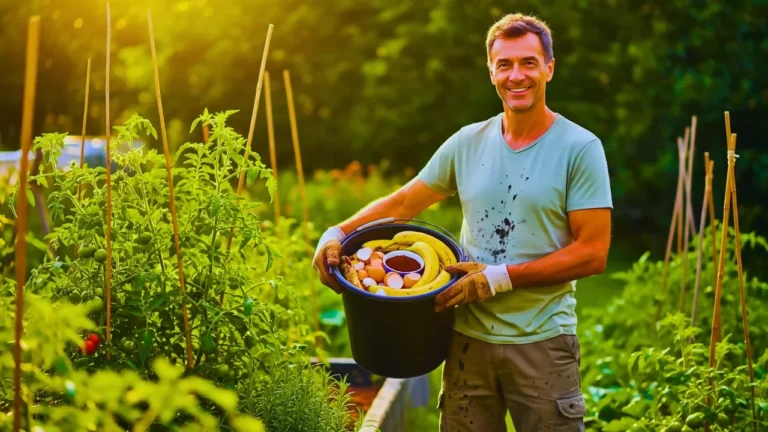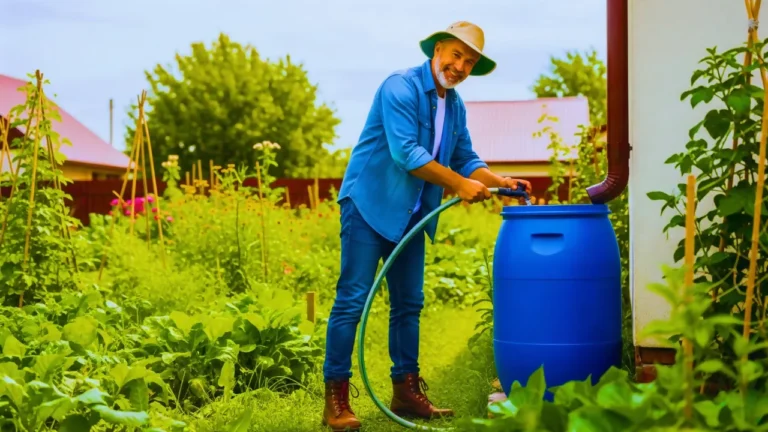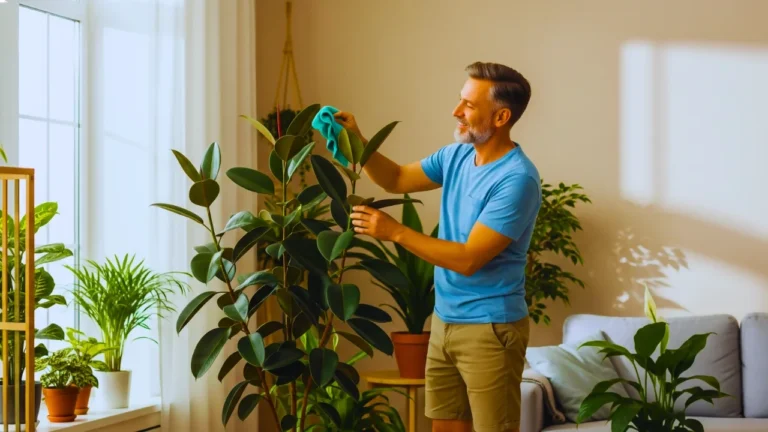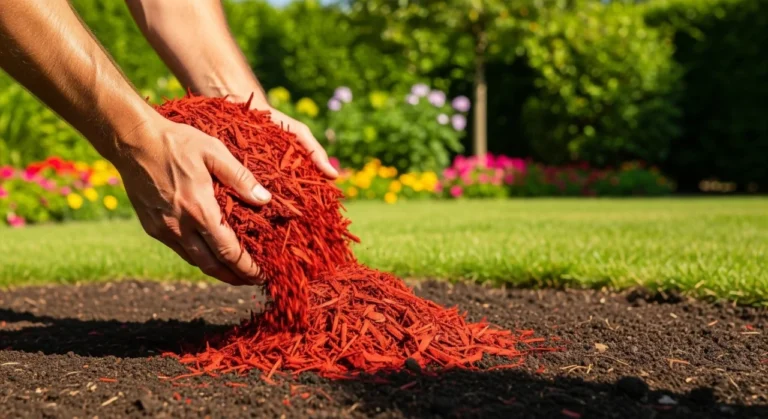5 Best Companion Plants for a Healthy Garden
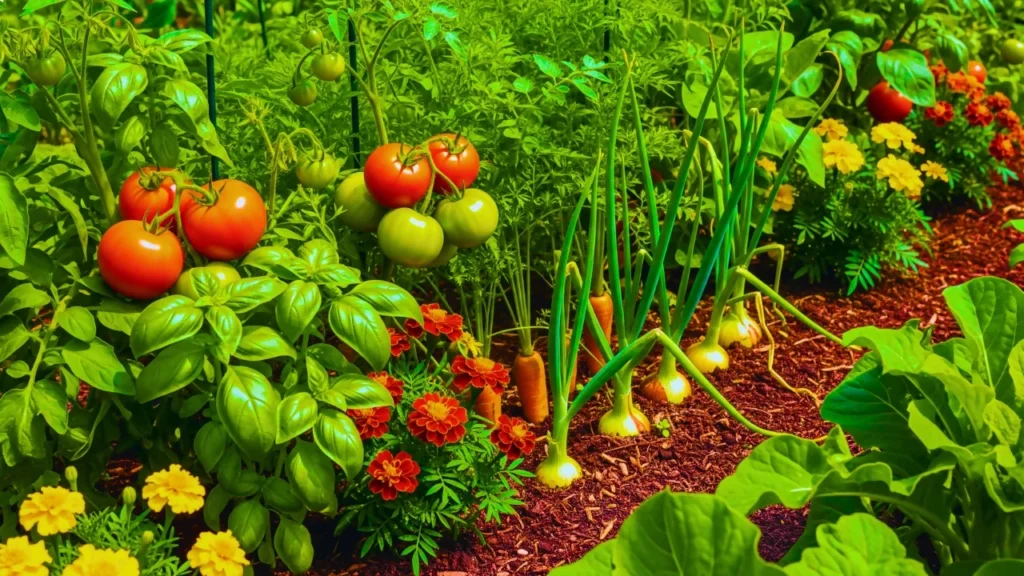
Introduction
Companion Plants: Having a garden that is thriving does not just come from the soil and the sunshine, but from knowing how to plan what you plant beside each crop. Companion planting is an ancient gardening practice, and refers to the placement of two or more plants nearby for a variety of purposes: to improve growth, to deter pests, and to increase harvest. The indigenous peoples of the Americas, for example, were practicing companion planting as early as 300 A.D. (NC State Extension).
Whether you’re just starting in your garden or are already maintaining a few beds in your backyard, knowing the best companion plants will help you grow a healthier, tastier, stronger, and more resilient crop.
What is Companion Planting?
Companion planting is arranging specific plants to help each other grow. Some plants release natural chemicals or have pungent scents, which can repel pests, attract pollinators, or even improve soil health. When the right companions are grown together, it creates a mini-ecosystem that increases productivity without having to rely on synthetic fertilizers and pesticides.
1 Tomatoes + Basil – The Best Pair in the Garden
Tomatoes and basil are more than a delicious combination in the kitchen; they are extremely powerful together in the garden. Basil has a pungent scent that naturally repels whiteflies, mosquitoes, and tomato hornworms.
Benefits of pairing basil and tomatoes:
- Basil will repel these pests naturally.
- Enhances the flavor and yield of tomatoes.
- Both prefer full sun and well-draining soils.
👉 Interested in the steps to start an organic garden from scratch? Read this.
2. Carrots + Onions: The Root Defense Pair
Carrots attract pests, such as the carrot fly. Onions have a strong odor, serving as a natural pest deterrent. In this case, they are both defense partners below ground.
Why They Work:
- Onions disguise the scent of carrots, limiting pests’ capability to locate and attack them, similar to the classic decoy and target example.
- They both have similar growing conditions.
- Grow side-by-side while saving space.
Pro Tip: Harvest onions before carrots to give carrots more legroom to drive down and grow deeper.
3. Corn + Beans + Squash (The Three Sisters)
This is an ancient Native American practice, and it represents one of the best examples of companion planting. Each plant in some way benefits the others.
What Each Plant Will Contribute:
- Corn provides vertical support for beans to climb.
- Beans fix nitrogen in the soil for other plants.
- Squash leaves occupy the soil, keeping it dark and wet, limiting weeds.
This trio engages in soil health, is all-natural, and is sustainable with gardening!
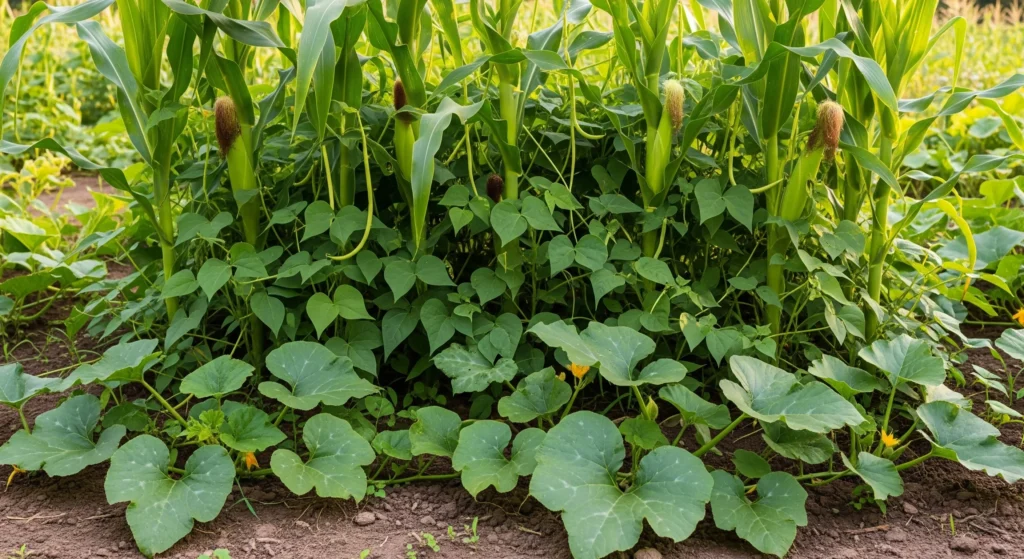
4. Marigolds + Just About Everything
Marigolds can easily be considered heroes in any healthy garden. These pretty flowers do not just look good—they repel nematodes, aphids, and even rabbits!
Why You Should Use Marigolds:
- Their scent repels bad insects.
- They attract good insects to help pollinate, like bees and butterflies.
- You can plant them around vegetable plants as a border.
Marigolds are especially useful in gardens with tomatoes, cucumbers, or peppers.
5. Lettuce + Radishes – Quick Growing Combinations
Both of these crops will grow quickly and like cooler weather—radishes aid by breaking up the soil to allow the lettuce roots to expand.
Best Practices
- Plant together in early spring or fall.
- Harvest the radishes early to provide space.
- Both will thrive in a raised bed or containers.
Final Thoughts on Successful Companion Planting
- Rotate crops each season to remove soil exhaustion.
- Do not overcrowd, and give each pair the appropriate space.
- Avoid poor combinations (e.g., onions and beans do not compete for the same nutrients).
- Watch your plants—look for stress or success and adjust combinations accordingly.
Companion Plants – Frequently Asked Questions
- Can companion planting cut back on the use of pesticides?
Yes! Some companion plants repel pests naturally. For example, basil repels whiteflies and marigolds repel nematodes, thereby reducing reliance on chemicals. - Do companion plants increase crop yield?
Definitely. Some companion plants, such as beans, provide nitrogen to the soil that will benefit nearby crops, thus likely increasing yield. - Are companion plants beneficial for container gardens?
Yes! Companion planting can work in raised beds and containers, too. You can group mini pairs of plants, such as tomatoes/basil or carrots/ onions, together, even in small spaces.
External Resource: Check out the Old Farmer’s Almanac Companion Planting Chart for a broader list of compatible plants.
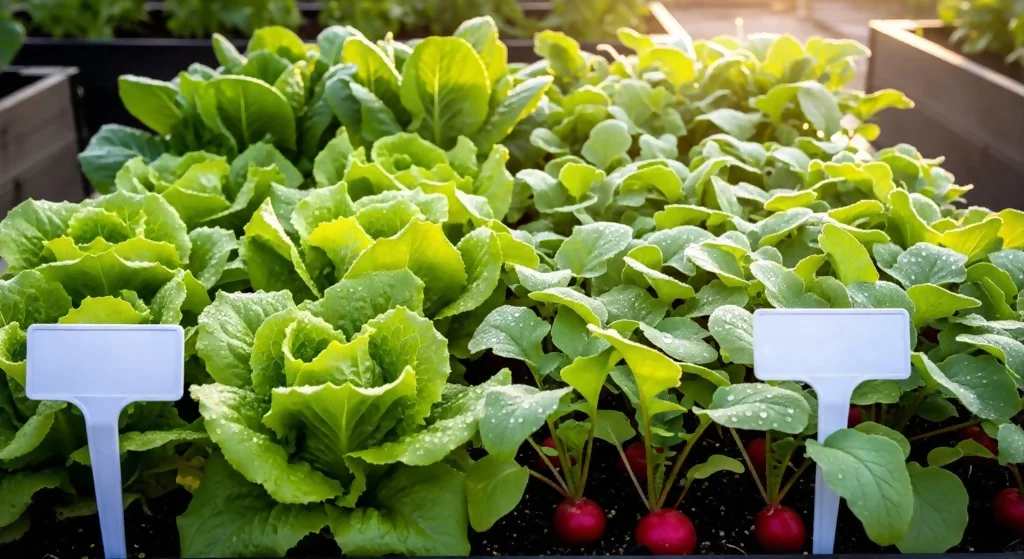
Conclusion: Planting Partnerships That Work
Companion planting is among the simplest and most natural ways to dramatically increase the health, bounty, and resilience of your garden, all without the need for harsh chemicals. By simply understanding what plants complement each other, you can create a garden ecosystem of plant partners that work together, attracting pollinators, repelling pests, and improving soil health!
From the classic pairing of tomatoes and basil to the age-old practice of the Three Sisters—corn, beans, and squash—these partnerships have been experimented upon for centuries and have proven successful. Even simple pairings like carrots and onions or lettuce and radishes can certainly make a noticeable difference in how well the plants grow and taste. Let’s not forget marigolds—their bright petals will not only adorn your garden, but protect it as well.
Whether your planting area is as small as your backyard, in a raised bed, or container gardening, these companion planting ideas are easy to practice and great to watch unfold. Mindful gardening will bring you healthier vegetables and a more sustainable growing space in an eco-friendly way.
Are you ready to begin planting with organic, non-GMO seeds? Use this Medicinal Seed Kit to begin your companion planting adventure today.
Happy gardening, may your plants all be strong together!

